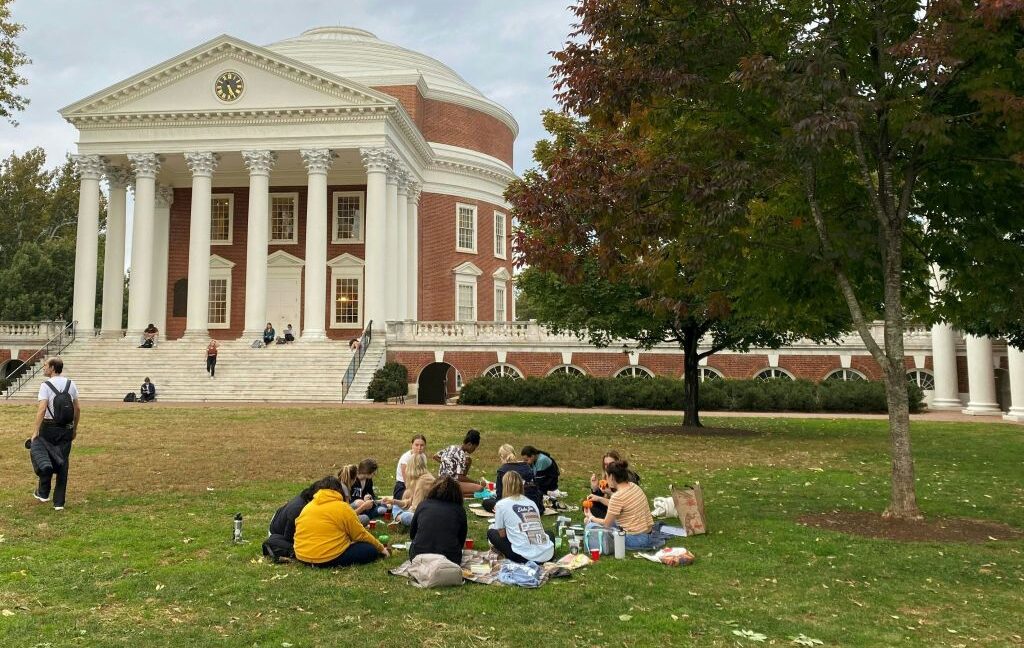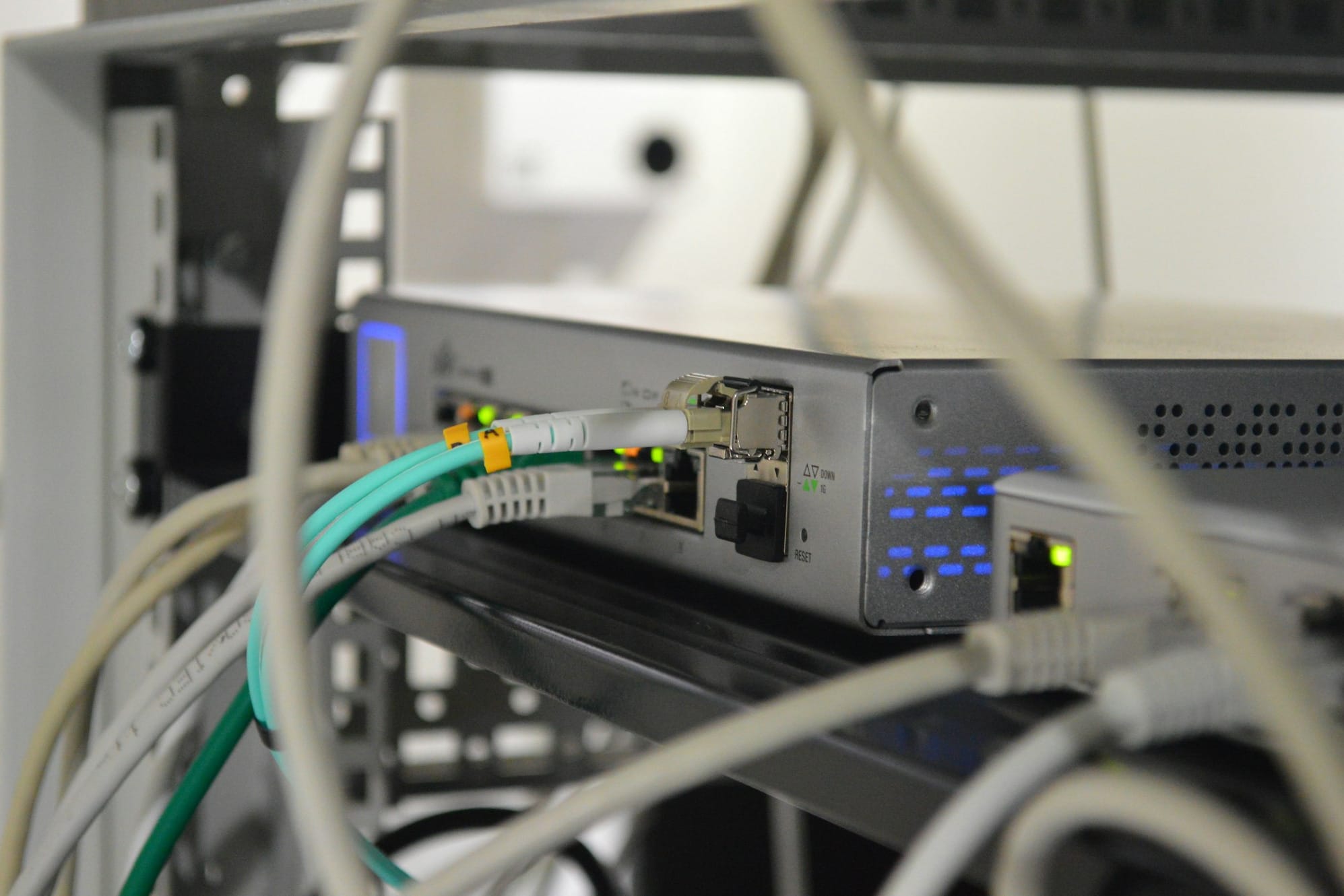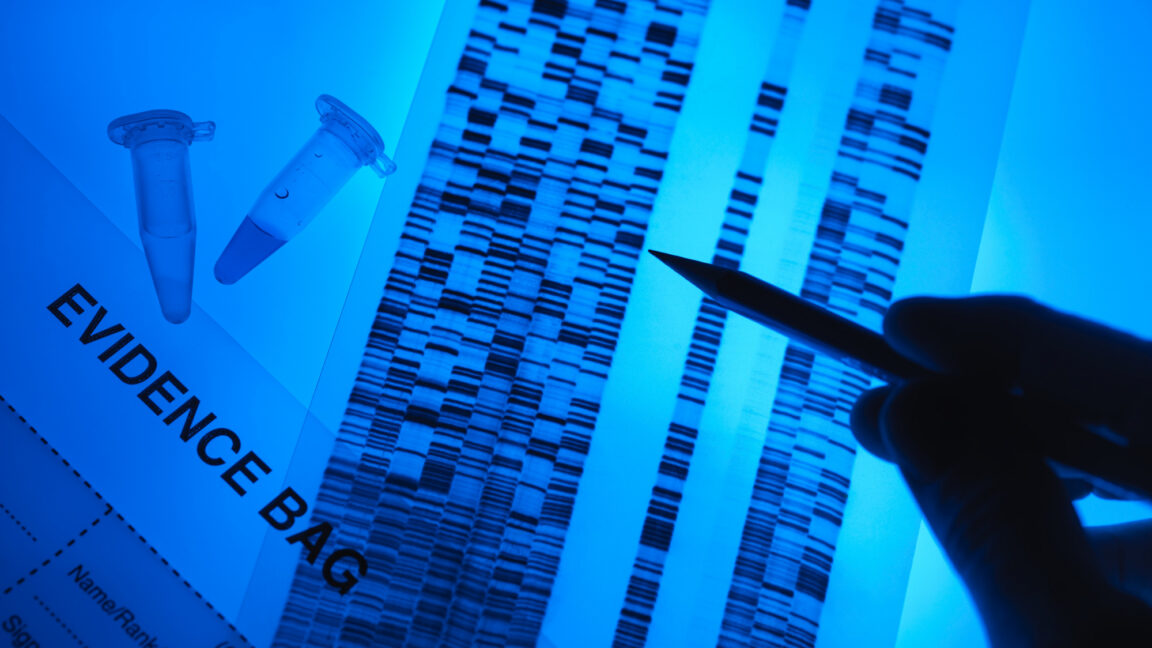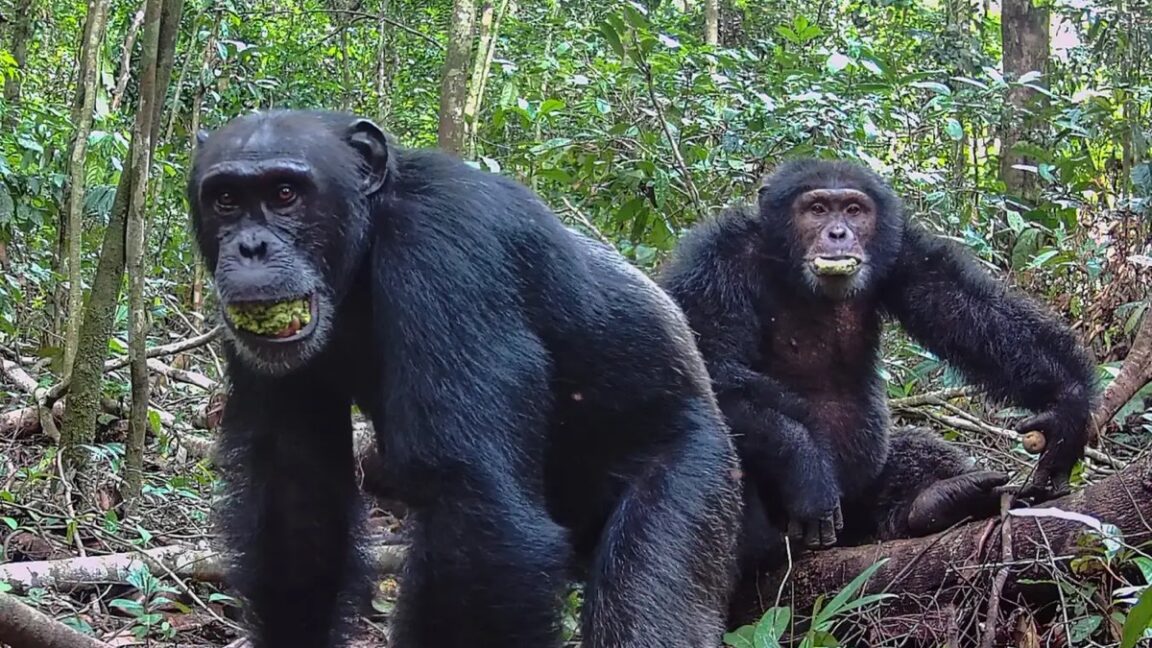
Colorado is losing $550 million in federal clean energy grants as Trump administration officials slash awards to primarily Democratic-controlled states during the budget shutdown, including a highly-touted $326 million block to Colorado State University intended to create methane-cutting technologies to combat climate change.
The Colorado Energy Office struggled Thursday to understand the magnitude of the cuts, which are part of a $7.5 billion reversal of Biden-era clean energy grants announced Wednesday night by the U.S. Department of Energy. Democrats then released a detailed list by Congressional district, including pullback of the CSU grants and a host of other funded projects for Colorado.
The state Energy Office denounced the reversals as illegal.
The Department of Energy list that emerged Thursday “specifically targets states where a majority of Americans cast their votes in favor of the Democratic nominee for President,” a Colorado Energy Office statement said. “This clearly politically motivated targeting of grants by the administration will balloon energy costs, threaten grid reliability, increase pollution, and create instability in our business community.”
States including Colorado have successfully sued over other Trump administration cuts to Congressionally approved budget items, including money for building out fast EV chargers.
About 34 awards in Colorado were cut in the latest round, including clean energy projects and research planned by utilities, universities and oil and gas companies.
Among the larger awards rescinded in Colorado was a $27 million grant and loan to Tri-State Generation and Transmission Association for its energy transition; about $22 million to Pioneer Energy for managing methane emissions and develop flaring technology; and $6.5 million for United Power’s floating solar microgrid in Fort Lupton.
The cuts also include $70 million in support for Xcel Energy’s battery storage research, which is employing so-called iron-air technology for utility scale storage of cleanly generated energy in Minnesota and Colorado.
“We are reviewing the details of the announcement to determine which DOE-funded projects we are involved in will be affected. So far, we have identified the demonstration project for long-duration, iron-air battery storage technology at coal plants in Minnesota and Colorado as being impacted,” the company said in a statement Thursday.
The state energy office itself lost two grants totaling $5 million meant to support rewrites of building codes to save energy and “decarbonize” building heating systems. “These are just two of more than 30 grants totaling more than $500 million that are being illegally terminated in Colorado alone,” the office statement said.
“Colorado is proud to lead the nation in clean energy and consumers in our state continue to choose low cost renewable energy and clean, reliable technologies. We cannot allow China to surpass our country in these sectors,” the office statement said, though it also noted federal officials have not formally notified Colorado directly of the cuts.
“Other terminated grants in Colorado range from oil and gas methane reduction projects and investments in grid resilience to support for utility programs in low-income communities,” the statement said.
In all, 321 financial awards for 223 projects were cut across the nation. The Democratic members of the House Appropriation Committee compiled the list.
Of the 321 awards terminated, 26% were awarded between Election Day and Inauguration Day. Those awards alone were valued at over $3.1 billion.
“On day one, the Energy Department began the critical task of reviewing billions of dollars in financial awards, many rushed through in the final months of the Biden administration with inadequate documentation by any reasonable business standard,” Energy Secretary Chris Wright said in announcing the cuts.
In a post on X, Russell Vought, director of the Office of Management and Budget, said the canceled projects were in California, Colorado, Connecticut, Delaware, Hawaii, Illinois, Maryland, Massachusetts, Minnesota, New Hampshire, New Jersey, New Mexico, New York, Oregon, Vermont and Washington.
All of the states but New Hampshire and Vermont are led by Democratic governors. Both states, however, voted for Kamala Harris, the Democratic candidate, in the 2024 presidential election.
“Nearly $8 billion in Green New Scam funding to fuel the Left’s climate agenda is being cancelled,” Vought wrote.
Critics of the administration noted the cuts by Wright, who is from Colorado, will hit particularly hard in his home region.
“It’s hard to imagine a more cynical move than scrapping dozens of programs designed to make energy more affordable and the grid more reliable, all while talking out the other side of your mouth about a make believe ‘energy emergency,’ ” said Eric Frankowski, executive director of the Western Clean Energy Campaign. “For an energy secretary from Colorado, it’s especially troubling — because no one should better understand the economic harm and higher costs that such a reckless, partisan decision will dump onto consumers back home.”





